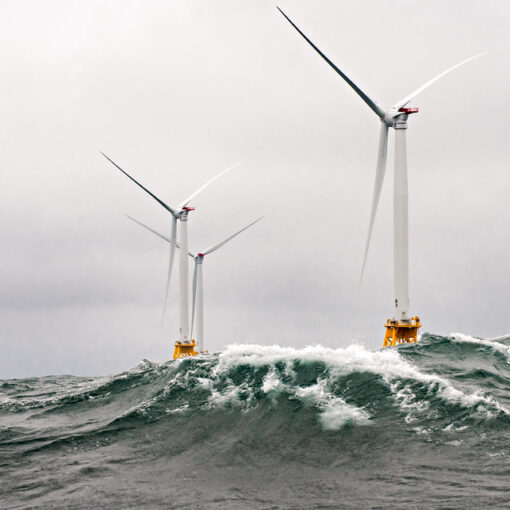by Shelley Welton, Deputy Director & Fellow
MIT released an interdisciplinary study on December 5, 2011, that examines “The Future of the Electric Grid.” Among many interesting findings, it nicely details the challenges we will face in adapting the electric grid to accommodate all the anticipated renewable resources coming on-line in the next few decades. It’s a good problem to have, all things considered, but it will require a more integrated vision of our electricity future in order to be solved. Fortunately, we are gaining valuable experience every year with one of the key programs that can help address this issue: demand response.
The good news is this: “the U.S. Energy Information Administration . . . expects renewable sources to constitute 25% of the increase in total generating capacity across the electric power sector between 2010 and 2030.” (Study at 53). The challenge presented, however, is that solar and wind power—the dominant and fastest-growing renewables—are also what is known as “variable energy resources,” or VERs, because their electricity production capacity varies with time of day and weather. They are also uncertain, in that it is difficult to predict with accuracy how much power these resources will be able to provide at any given moment. These features of wind and solar mean that when they are connected to the grid in increasing amounts, we must also ensure that we have adequate backup power, or “reserves,” which can be deployed in those situations where demand is high but the conditions are such that VERs are not available to help meet it.
The MIT Study identifies several resources that are capable of acting as reserves for VERs, but notes significant drawbacks to most of these resources. Gas turbines and hydroelectric power units are both capable of starting up quickly, but gas plants that are reserved for peak demand periods are generally expensive and inefficient, and hydro’s usefulness as a system backup is limited by the environmental concerns its construction and operation raise. Energy storage currently presents the holy grail of renewables integration: although it would largely solve the grid integration problem, a commercially cost-effective method of storage has not yet been found.
Another solution that stands out as very promising and much less problematic is demand response. Demand response is generally defined as “[c]hanges in the electric usage by end-use customers from their normal consumption patterns in response to changes in the price of electricity over time, or to incentive payments designed to induce lower electricity use at times of wholesale market prices or when system reliability is jeopardized.”[1] In other words, demand response pays customers notto consume electricity during peak periods, instead of paying utilities to construct more plants to meet peak demand.
Demand response thus has a critical role to play in helping renewables integrate into the grid in a cost-effective, environmentally friendly manner: by shaving off portions of the “peak load” that an area must plan to meet, demand response lowers the amount of reserves necessary to support renewables’ integration. The MIT Study finds that demand response is particularly critical in those markets with large amounts of on-shore wind, as this wind does not typically blow at the same hours that electricity demand peaks.
Demand response brings considerable benefits to participants and markets aside from the benefits it provides to renewables, and much is already being done to promote it. The Federal Energy Regulatory Commission issued two orders in 2011 intended to help demand response gain greater traction: one that requires demand response be compensated in the same way as conventional generation resources for the services it provides to energy markets (Order No. 745), and another that requires that demand response (as well as energy efficiency) be considered by regional planning authorities when they are determining transmission needs (Order 1000). And demand response participation is increasing rapidly, particularly among large industrial and commercial energy users.
But demand response’s potential to complement renewable energy argues for giving it increased public and regulatory attention. Compared to renewable energy, demand response remains, to most people, an esoteric topic. It’s not as easily conceptualized, and it’s certainly not as easily photographed. For these reasons, among others, attracting residential customers to participate in demand response has proven difficult. And aggregating these customers in ways that allow for cost-effective, precise, yet sizable demand reductions is an ongoing technical and regulatory challenge. The MIT Study does an excellent job of explaining why this complex resource will need to play an ever greater role if we are to succeed in transforming the grid in the ways necessary to move away from a fossil-fuel powered economy. It will take a concerted and collaborative effort on the part of federal and state regulators, utilities, experts, and advocates to raise demand response’s profile enough to get us there.
[1] See U.S. Dept. of Energy, Benefits of Demand Response in Electricity Markets and Recommendations for Achieving Them ix (2006), https://eetd.lbl.gov/EA/EMP/reports/congress-1252d.pdf.


